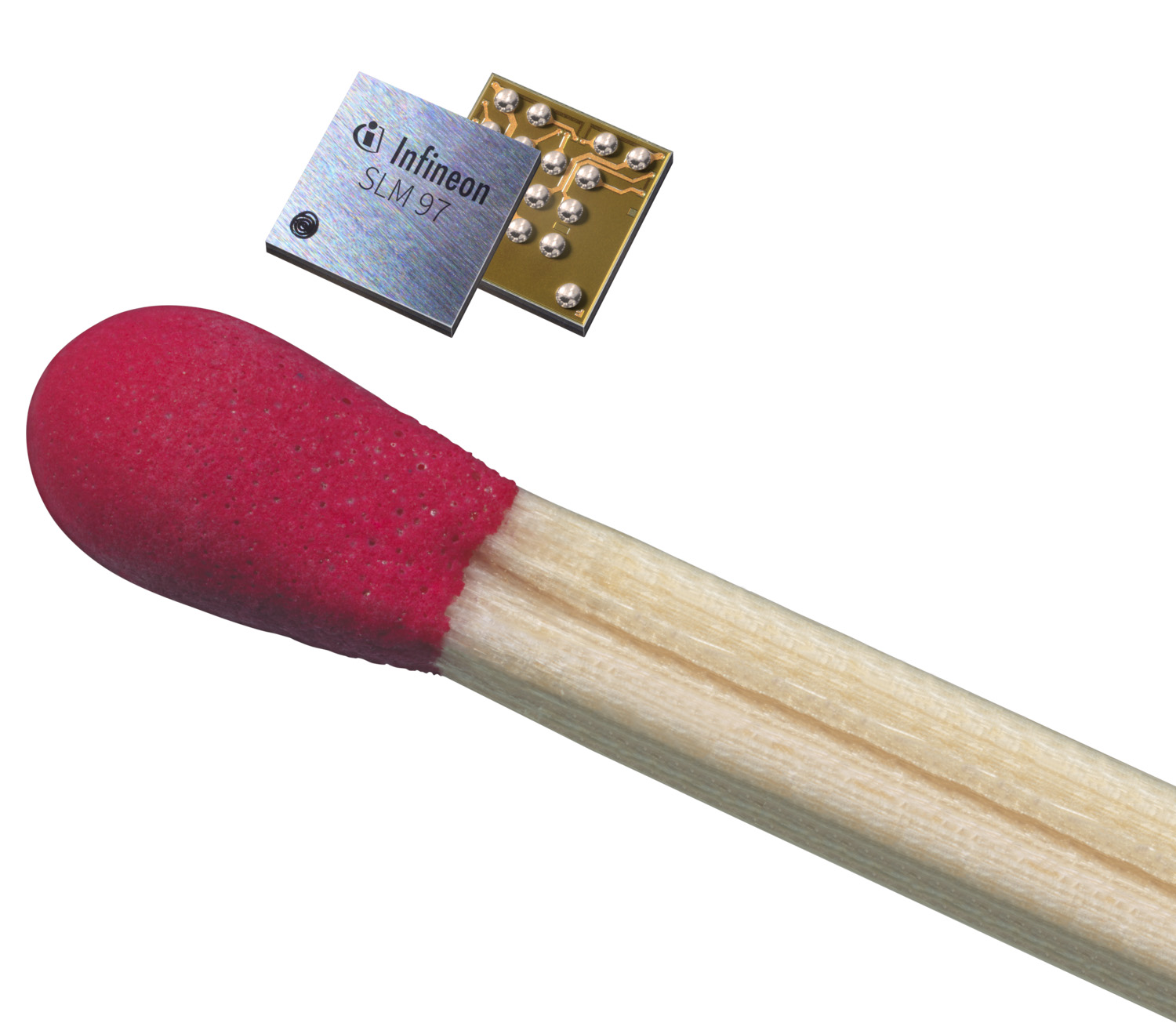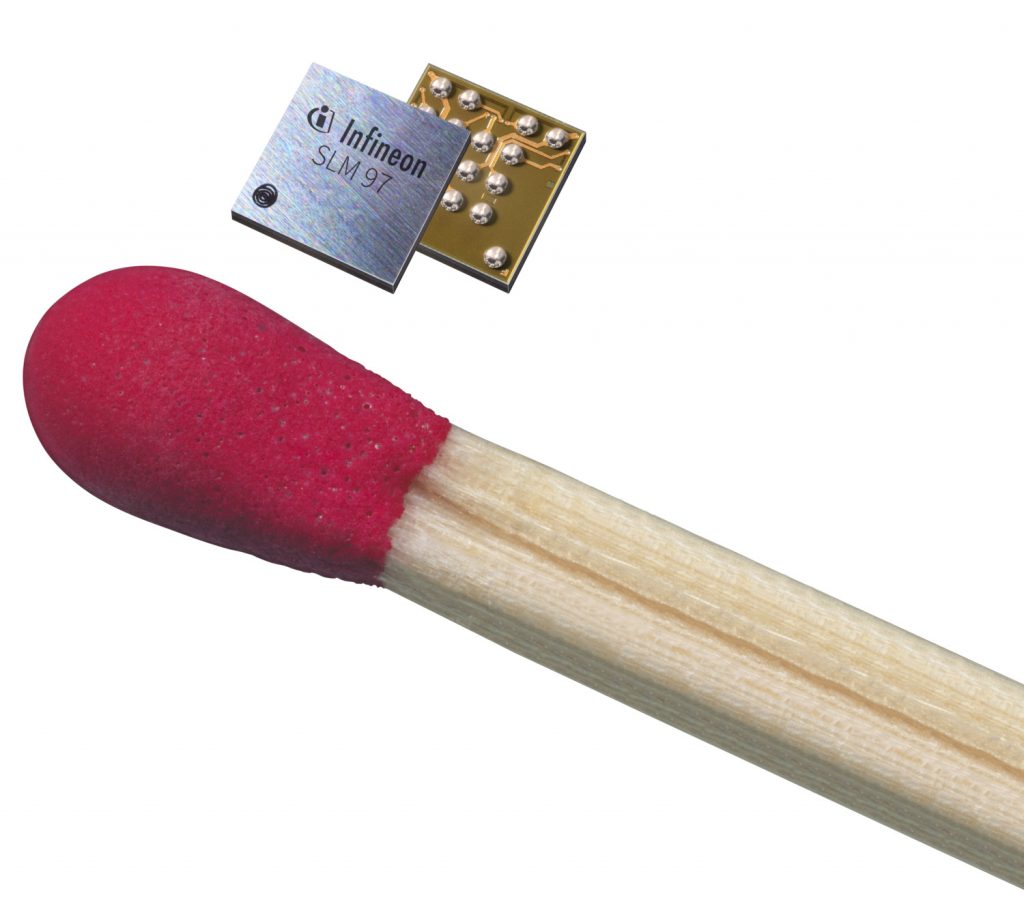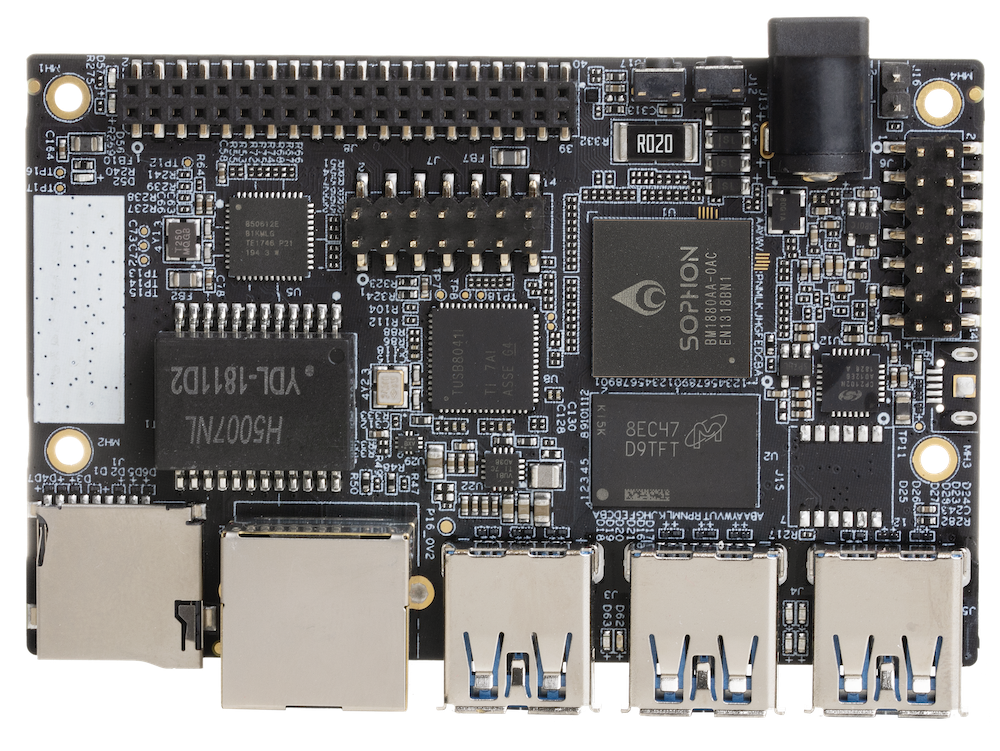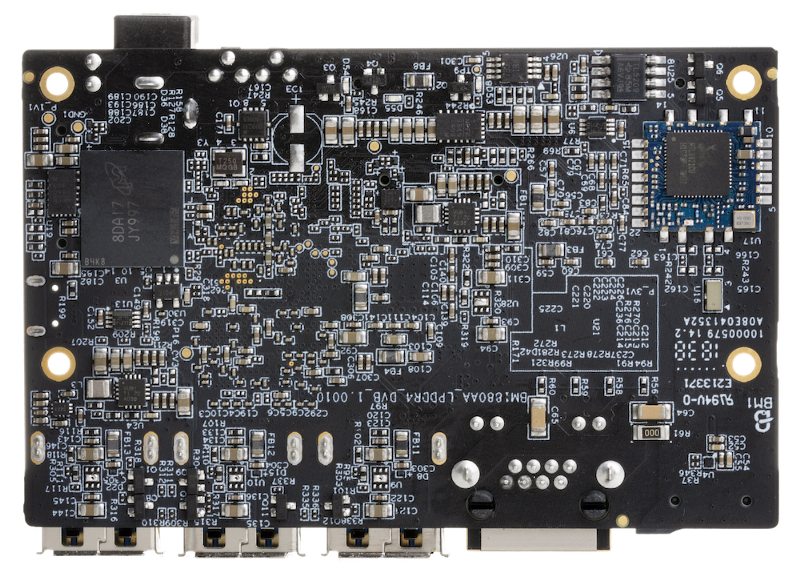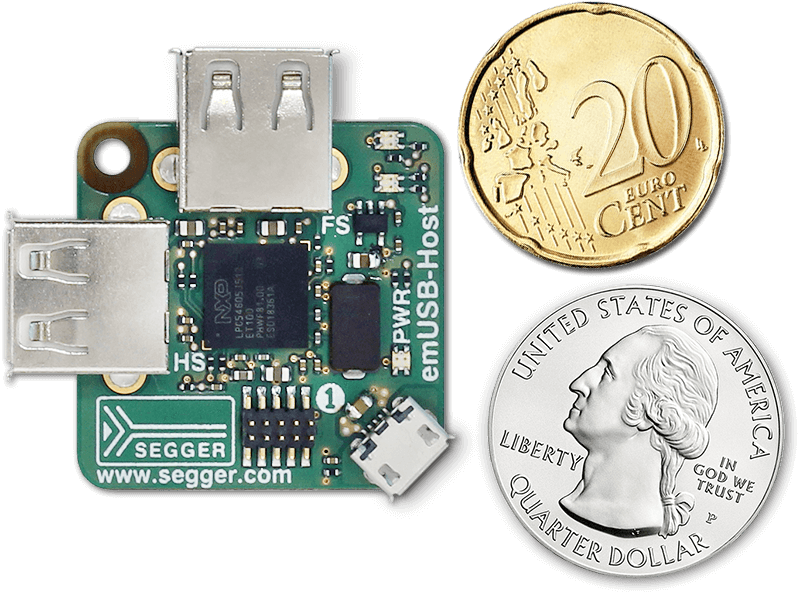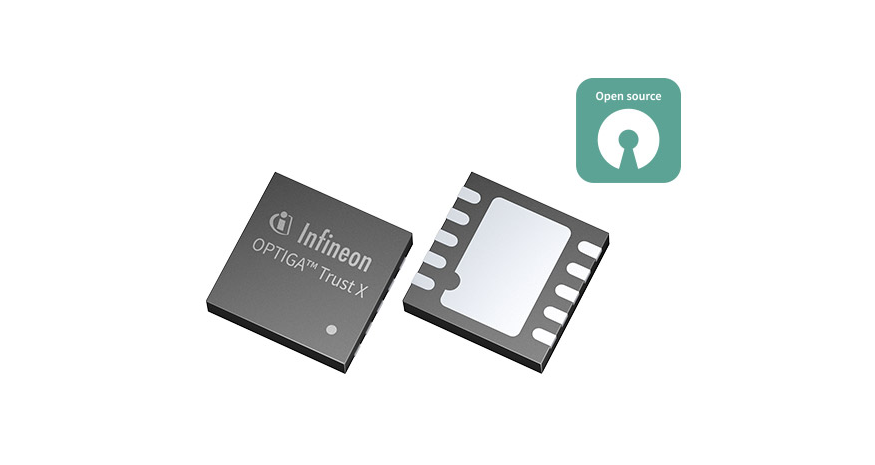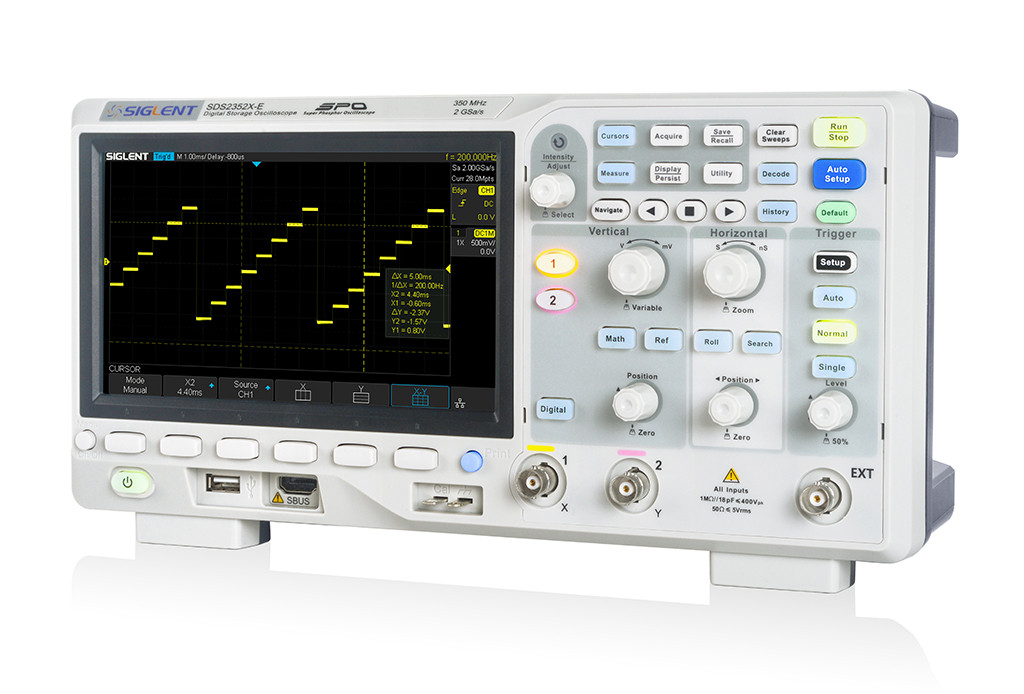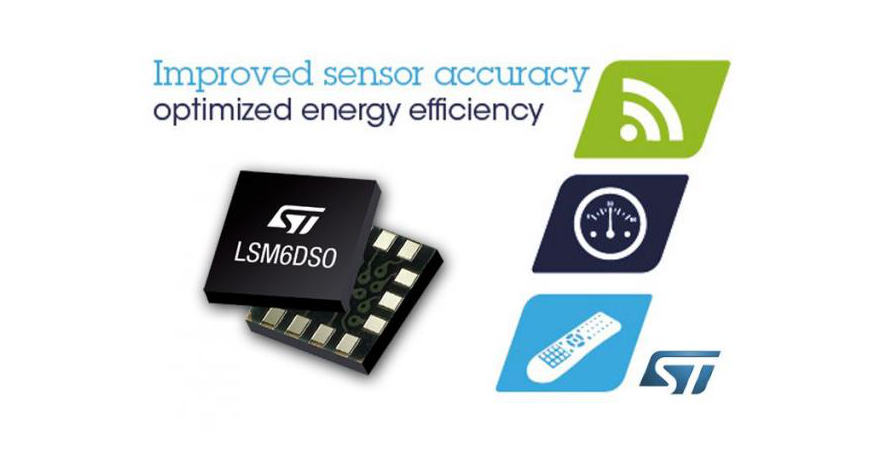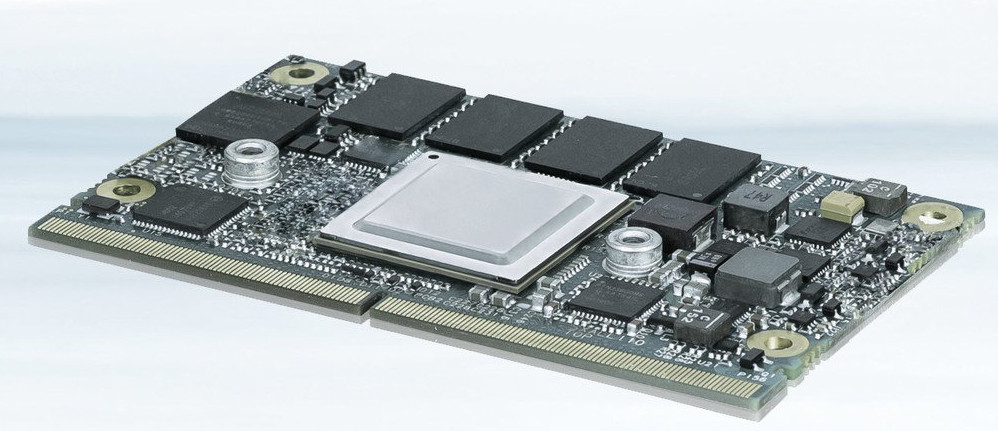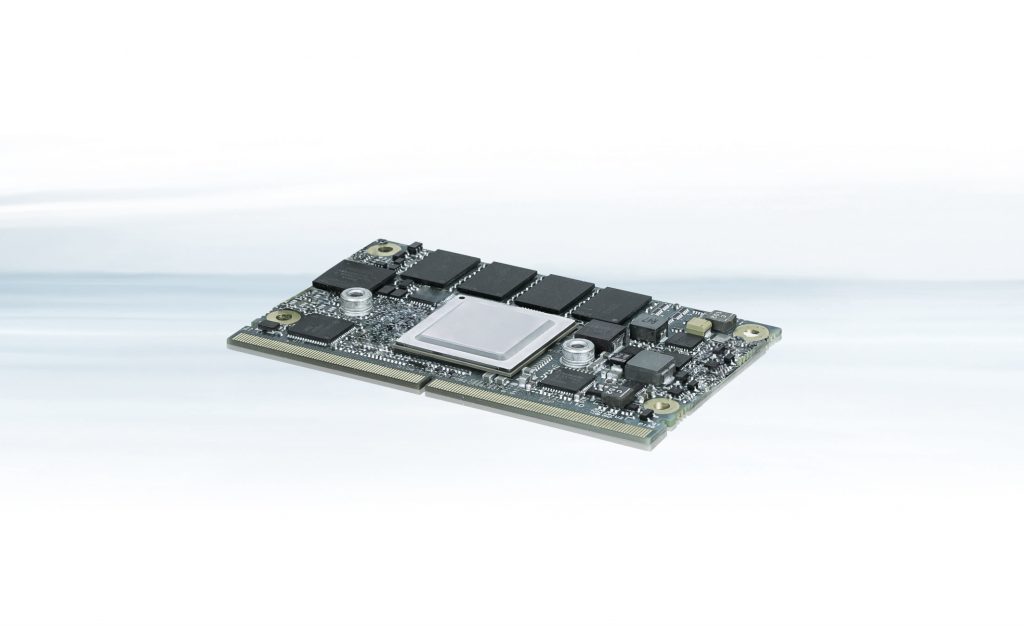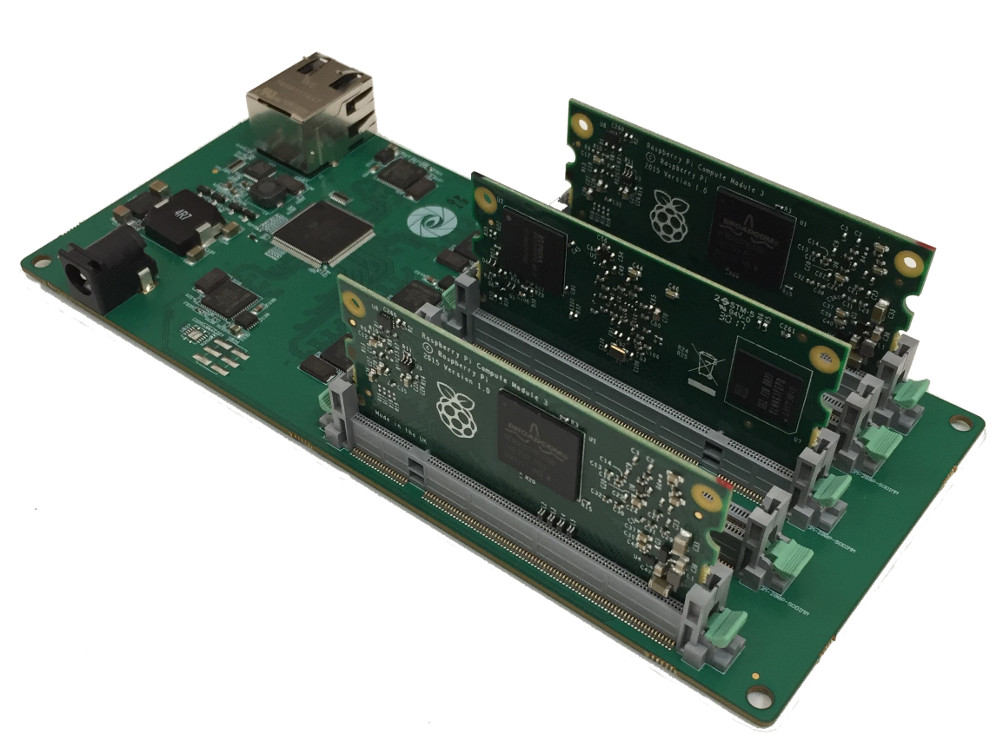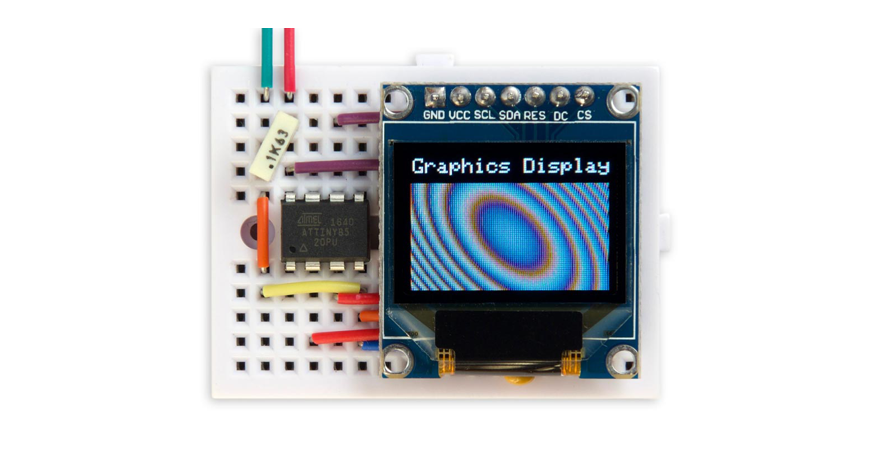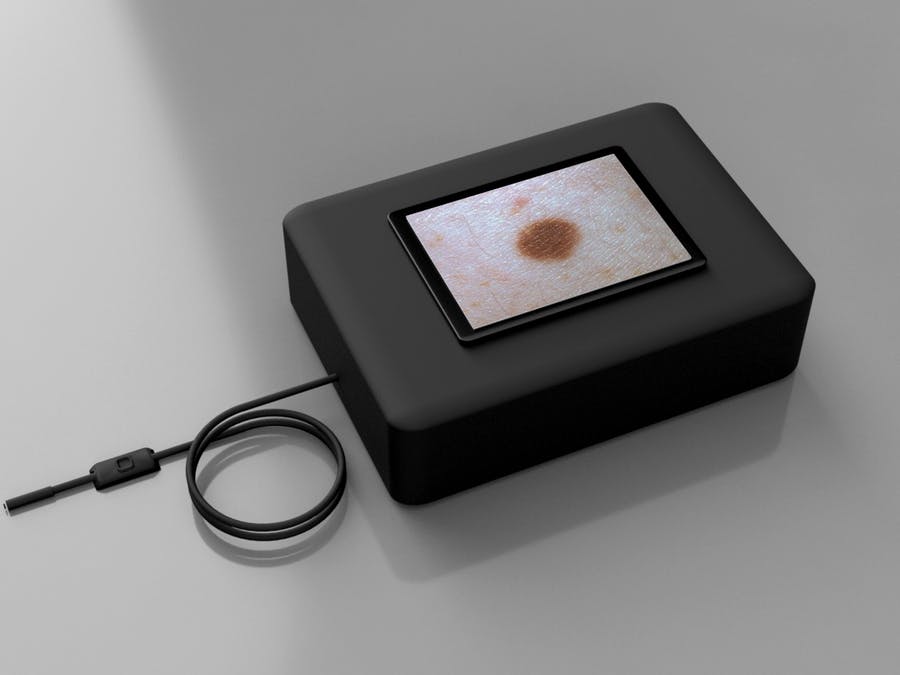Machine-to-machine communication in the Internet of Things (IoT) requires reliable data collection and uninterrupted data transmission. For taking full advantage of the ubiquitous mobile networks, Infineon Technologies AG provides the world’s first industrial-grade embedded SIM (eSIM) in a miniature Wafer-level Chip-scale Package (WLCSP). Manufacturers of industrial machines and equipment ranging from vending machines to remote sensors to asset trackers can optimize the design of their IoT devices without compromising on security and quality.
Deploying eSIM brings a number of advantages for a smooth adoption of cellular connectivity into industrial environments. Device manufacturers can increase their design flexibility due to the eSIM’s small footprint, and simplify manufacturing processes as well as global distribution thanks to a single stock-keeping unit. Customers also have the possibility to change their mobile service provider at any time, for example, if the quality of the network deteriorates or in the event of a better contract from the mobile operator.
However, providing robust quality on a miniature footprint that works even under harshest conditions remains a challenge for silicon providers. Infineon now leaps a step ahead in addressing this challenge: Infineon’s SLM 97 security controller in a Wafer Level Chip Scale Package (WLCSP) measures only 2.5mm x 2.7mm in size, supports an extended temperature range of -40 to 105° Celsius. It provides a high-end feature set fully compliant with the latest GSMA specifications for eSIM. Robust quality and high endurance for industrial eSIM applications reflect Infineon’s strong focus on high quality and the mindset working towards “zero defect”.
The SLM 97 security chip in WLCSP is manufactured at Infineon’s production site in Dresden and Regensburg and now available in volume quantities. More information is available here.


